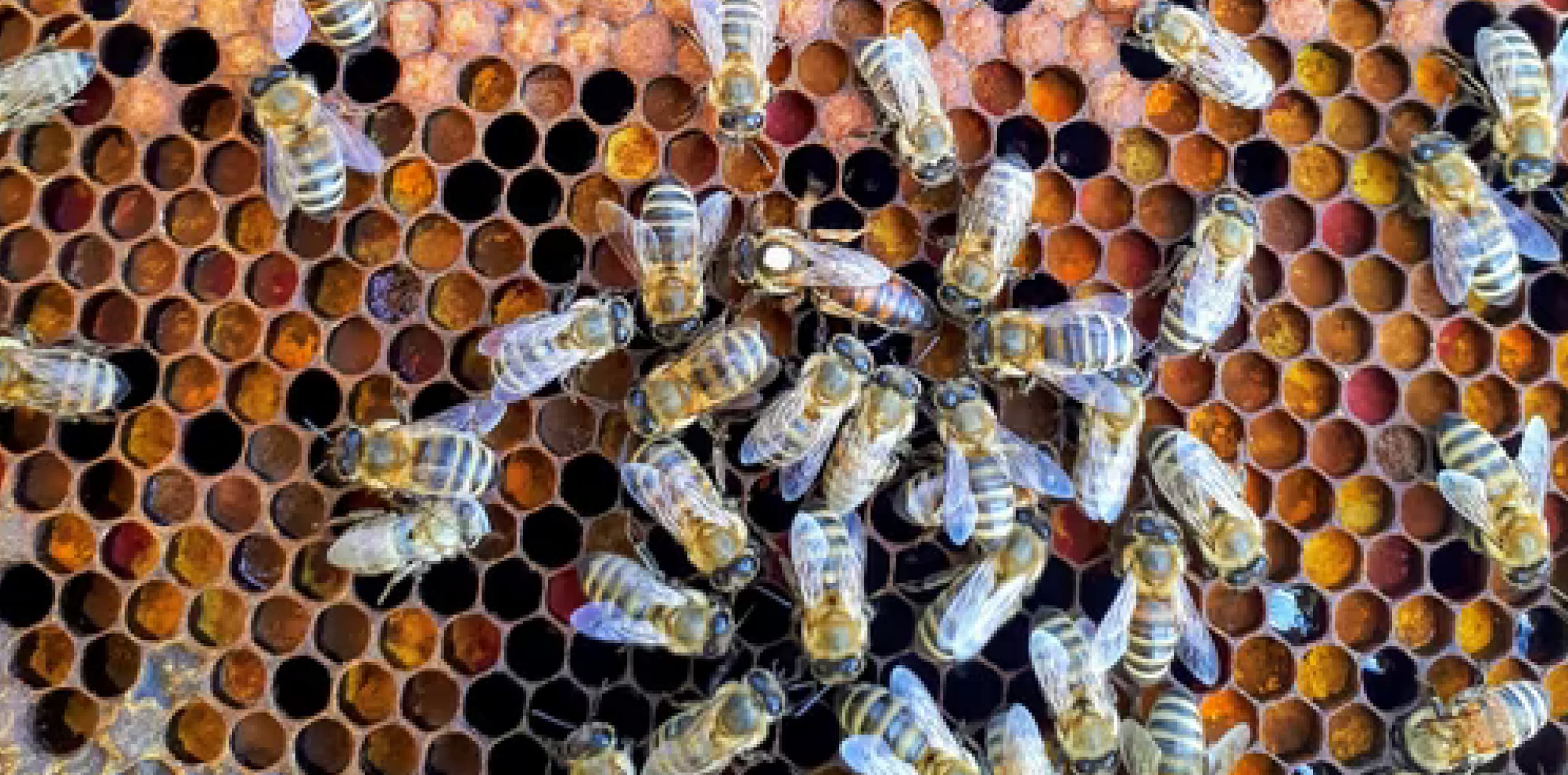Bees are brilliant insects, also known as “superorganisms,” and are among the most productive insects on the planet. Have you ever thought about how long these intelligent insects live?
What is the average lifespan of a bee? It may be a simple question, but it is not as simple as you think!
This article will tell you what all the buzz is about!
We can’t give you an exact figure, but we can estimate the average life span of bees based on some of the factors. So let’s take a look at one of the most common types of bees and find out, “How Long Do Bees Live?”
How Long Does a Honey Bee Live?
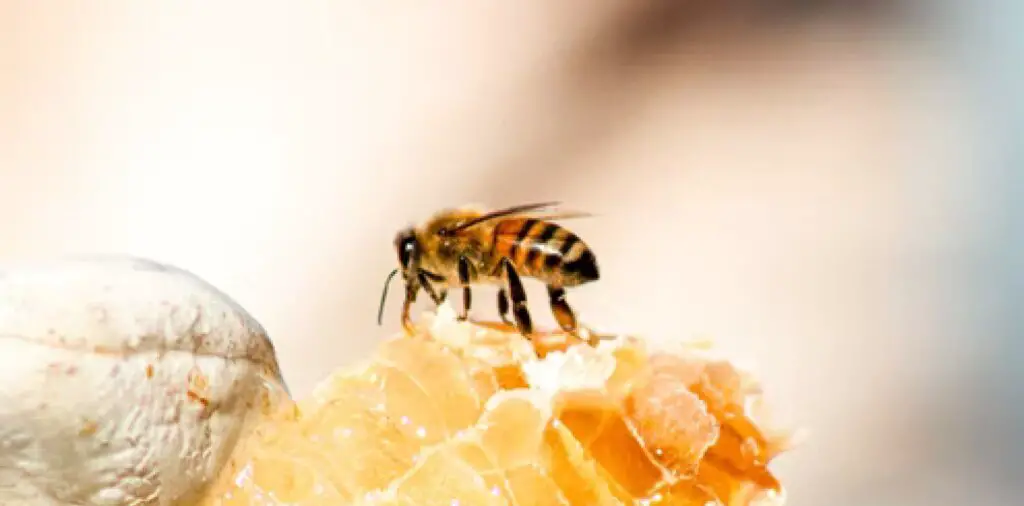
Honey bees live in large groups called colonies. Every bee in a colony has a specific job, so the colonies run smoothly. When you consider the size of some colonies, it’s pretty astounding. Up to 80,000 honey bees can be found in a single honey bee colony.
Honey bees can play one of three roles in a hive: queen, worker, or drone – and all go through the same four life cycle stages: egg, larva, pupa, and adult. There are also carpenter bees, also known as solitary bees. Solitary bees live an average of 1 year. A bee’s lifespan is affected, among other things, by the role they play.
How Long Do Queen Bees Live?
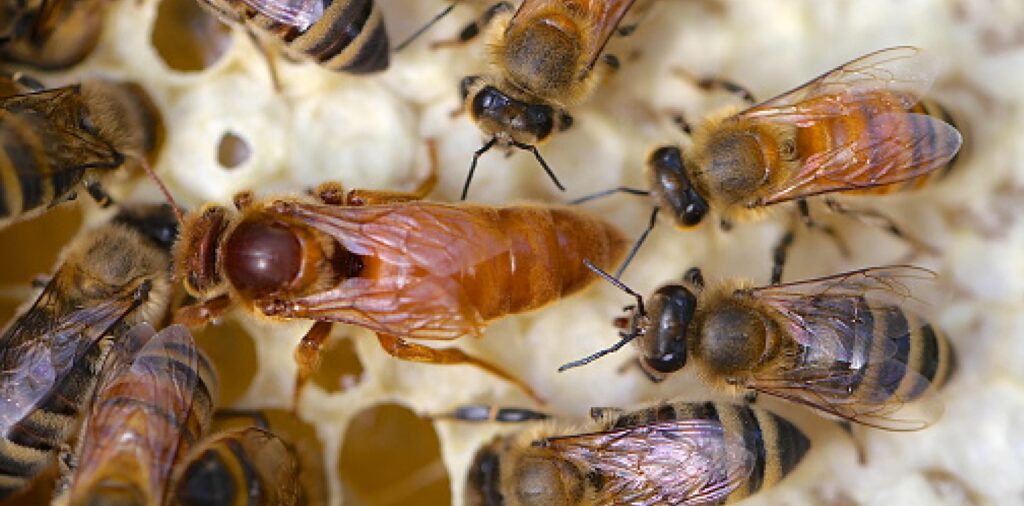
We don’t call her a queen for nothing! Queen honey bees can live between 3 and 5 years if everything goes as planned. Queen bees live longer than bumble-bee queens or other solitary bee species.
Because their primary job is to reproduce, they never leave the hive and are thus protected from the “wear and tear” that the other bees endure. Instead, they are more protected from predators and disease by remaining inside the hive, according to the Scientific American.
The queen’s egg production will decline over time, and her pheromones will become less appealing. The other bees will kill the queen and start raising a new one when they detect this change. Then, until they find a new queen that can lay eggs, the larvae will be fed royal jelly as their primary source of nutrition.
How Long Does a Bumblebee Live?
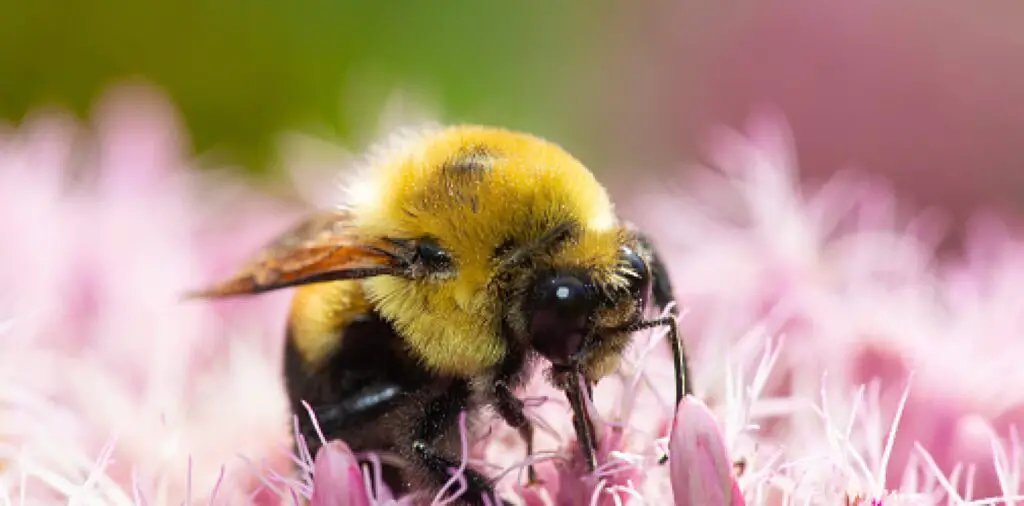
The environment directly influences a bumble bee’s lifespan. Generally, bumble-bees that live in warmer climates live longer than those that live in the tropics.
Male bumble-bees live for about two weeks on average for a shorter period.
When a male bumble-bee is born, he immediately flees the nest, searching for a new virgin queen to mate with.
The male bumble-bee dies after mating; others who are not fortunate enough to find a new queen mate return to the hive and can live for as long as the worker bees allow.
How Long Do Worker Bees Live?
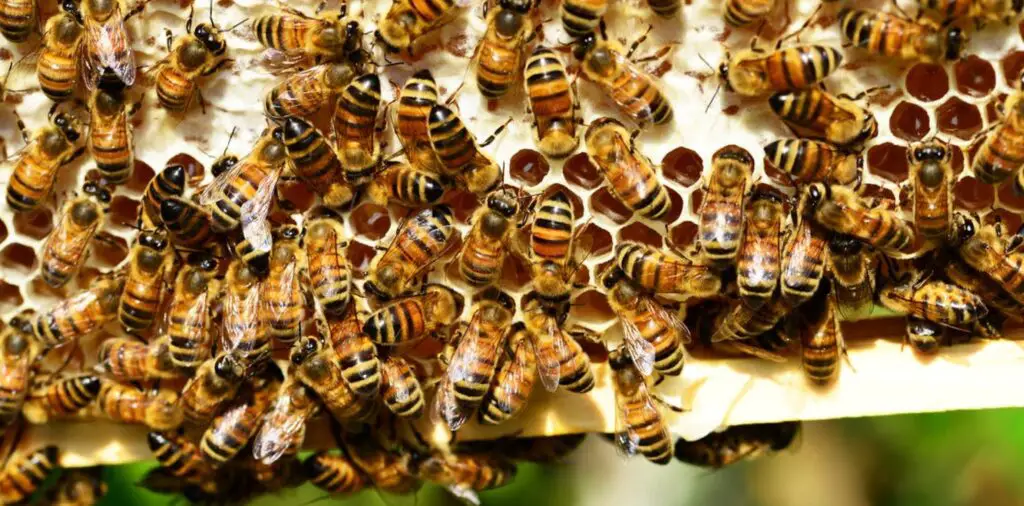
Worker bees have an average life span of five to seven weeks during their active periods. A worker bee can live for up to four to six months during winter.
A worker bee is responsible for supplying the colony with nectar and pollen by foraging for it. Their responsibilities are collecting water, which will cool the hive during hot days, and diluting the honey for feeding the larvae. After approximately 500 miles of flight, it usually exhausts itself and dies of exhaustion.
How Long Does a Bee Hive Last?
Individual bees in a hive have a short lifespan than the hive itself. Each bee in a hive has a specific task to complete. In most beehives, worker bees make up the vast majority of the colony. The majority of the bees in a large colony are worker bees, except for the queen.
Several factors influence the lifespan of bees in a hive. Worker bees born in the spring and summer have six to eight weeks, while those born in the fall have four to six months. Spring and summer are the busiest times for honey bees, while fall and winter are less active.
Worker bees also look after the brood. Spring and summer worker bees succumb to exhaustion within six to eight weeks of intense work. On the other hand, fall worker bees remain in the hive all winter. They are primarily responsible for keeping the queen warm since there is no brood or nectar to collect. Worker bees leave the colony in the spring to search for food.
Drones have a shorter life span than worker bees, lasting 3 weeks to 3 months. Only eating and mating with the queen are their responsibilities. Drones die after mating with the queen because their reproductive organs are ripped from their bodies during mating.
Worker bees expel the hive’s remaining drones to reduce the number of mouths to feed in the winter. The drones die because they are unprepared for life outside the hive.
The queen bee has only one job in the hive: reproducing, while her average lifespan is three to five years.
Honey beehives can live for a long time if the right conditions are in place to grow in the spring and summer and hibernate in the winter.
How Long Do Drone Bees Live?
The drone bee has the shortest life expectancy of any of the honey bees in the world. They have a lifespan ranging from 3 weeks to 3 months on average. Their function within the hive can explain their brief existence. Unfertilized eggs laid by queens hatch into drones or male honey bees. Drones are only responsible for one thing: mating with a queen and eating something.
The drones’ reproductive organs are torn from their bodies during the mating process, and they die due to the trauma. In the spring and summer months, the drones that did not mate will remain in the hive, but only for a short period.
Once winter arrives, the worker bees will kick the drones out of the hive so that they won’t have to be fed any more food. They perish because they are unable to support themselves.
Honey bees have a lifespan between three weeks to five years, depending on their position in the hive. Even though we can estimate the average life span of honey bees, various external factors can cause a bee’s life to end prematurely.
How Long Can Bees Live Without Water?
Water is essential for the survival of bees, as it is for all living things. Searching for and collecting water is one of the most critical tasks of worker bees, and the colony’s survival is dependent on it.
Bees require water for the same reasons that any other living being does, but they also have unique uses. For example, bees cannot live without water, and we will explain why it is so essential for their survival.
Control of Humidity and Temperature in The Beehive
Honey bees must maintain the ideal balance of temperature and humidity in their hives. While 35°C is perfect, it’s challenging to maintain on hot summer days.
The temperature rises above a certain level and can put the colony at risk; high temperatures can even melt the wax combs. The loss of the vax honeycomb is catastrophic for the colony because it serves as an all-purpose space for the bees.
Without Water, Digestion is Impossible
Bees require water to digest and metabolize their food like most other organisms.
Bee Food Necessitates a Lot of Water.
The food for developing bees must be prepared and contains a high percentage of water, approximately 70%. Worker bee hypopharyngeal glands secrete larvae food, which requires honey, pollen, and water to produce.
Adult bees require water to survive because they eat honey. Honey that bees store in honeycomb crystallizes over time, increasing glucose concentration. Because of the high glucose concentration in honey, bees require water to dilute it.
Furthermore, some beekeepers feed their bees dried sugar crystals, which are also inedible to bees unless they have access to water. Only after the crystallized sugar bees have melted in water can they use it as a food source.
Every bee colony has worker bees whose main task is to collect water. Other worker bees will join them if necessary.
Every bee that collects water makes approximately 50 trips, collecting about 25 mg of water. When there is insufficient water in the hive, foraging worker bees will stop foraging and assist with water collection. A colony may require several liters of water per day during the summer.
How Long Can Bees Live If Trapped?
Summer worker bees have a lifespan of 40 days. Queen bees can live for up to five years but rarely leave the hive. Bees seen outside or inside are almost always worker bees.
Feeding
Usually, honey bees feed on nectar from flowers. Sugars are abundant in nectar. Bees will seek out sugary foods in the absence of obvious nectar sources. Bees have a sweet tooth. Suppose sugar-rich foods, such as sugar water or soft drinks, are readily and consistently available when a bee becomes trapped indoors. In that case, she will likely survive for the remainder of her natural life span.
Digestion
Bees have two stomachs: one for food and the other for honey. The actual stomach digests food, whereas the honey stomach serves as a temporary honey storage facility while the bee flies back to the hive.
A valve connects the honey stomach to the actual stomach, allowing nectar to be digested if necessary. When trapped indoors, a bee can use honey from its honey stomach to extend its flight time and locate potential food sources in the home.
Starvation
A bee can fly for less than an hour with a full honey stomach and no sugar-rich foods, after which she will be grounded. Cold weather reduces flight time. Grounded bees will die quickly from starvation. A bee trapped indoors and without food can only survive for a few hours.
Final Words – How Long Do Bees Live?
Unfortunately, bee colonies have disappeared for unknown reasons over the last 15 years. According to National Geographic Kids, known as ‘colony collapse disorder,’ billions of honey bees leave their hives worldwide, never returning. Up to 90% of bees have disappeared in some areas!
Honey bees are critical to American agriculture, but their future and the future of the agricultural economies that rely on them are in jeopardy. However, the apiculture industry is still dealing with many threats to the health and number of honey bee colonies.
Surely everyone can do their part to save these fantastic bugs! You can help bees by planting nectar-rich flowers like lavender and bluebells. Therefore, the bees will have an easier time finding food and fewer chances of dying.
